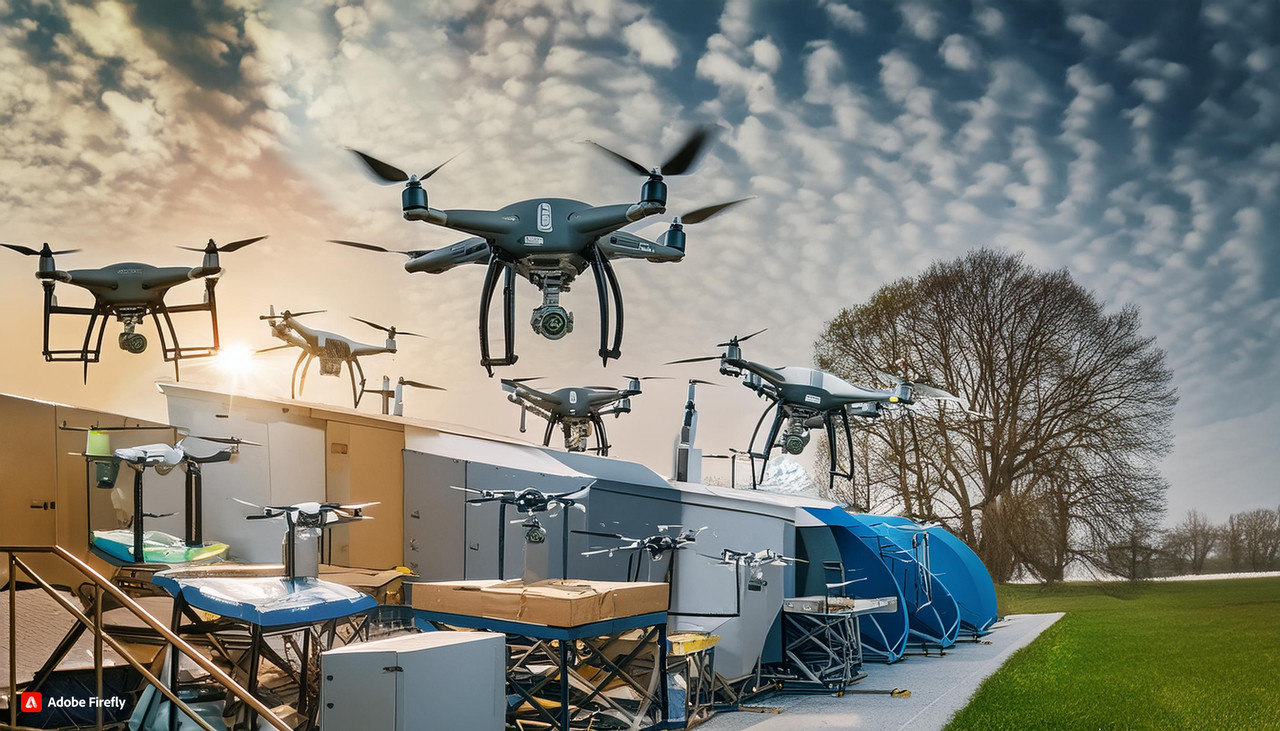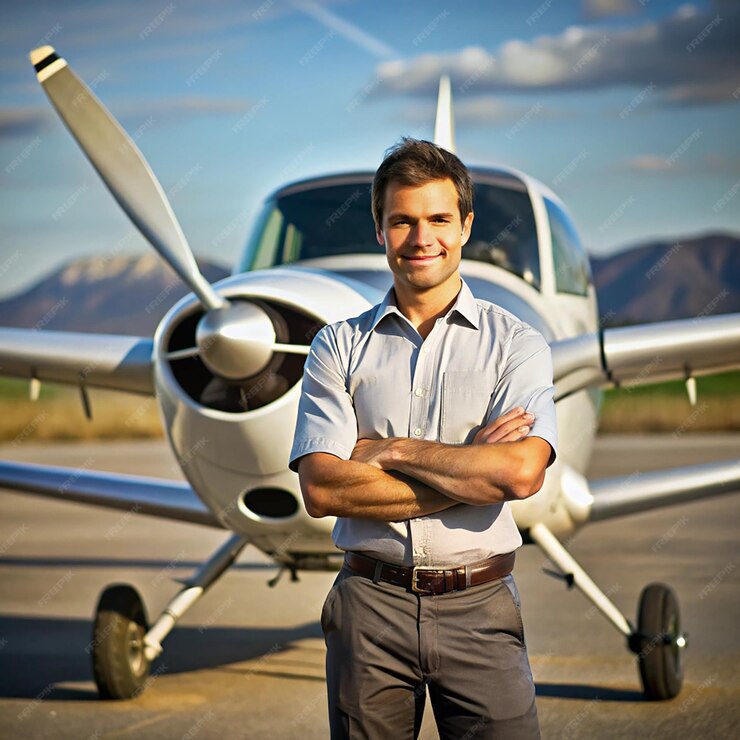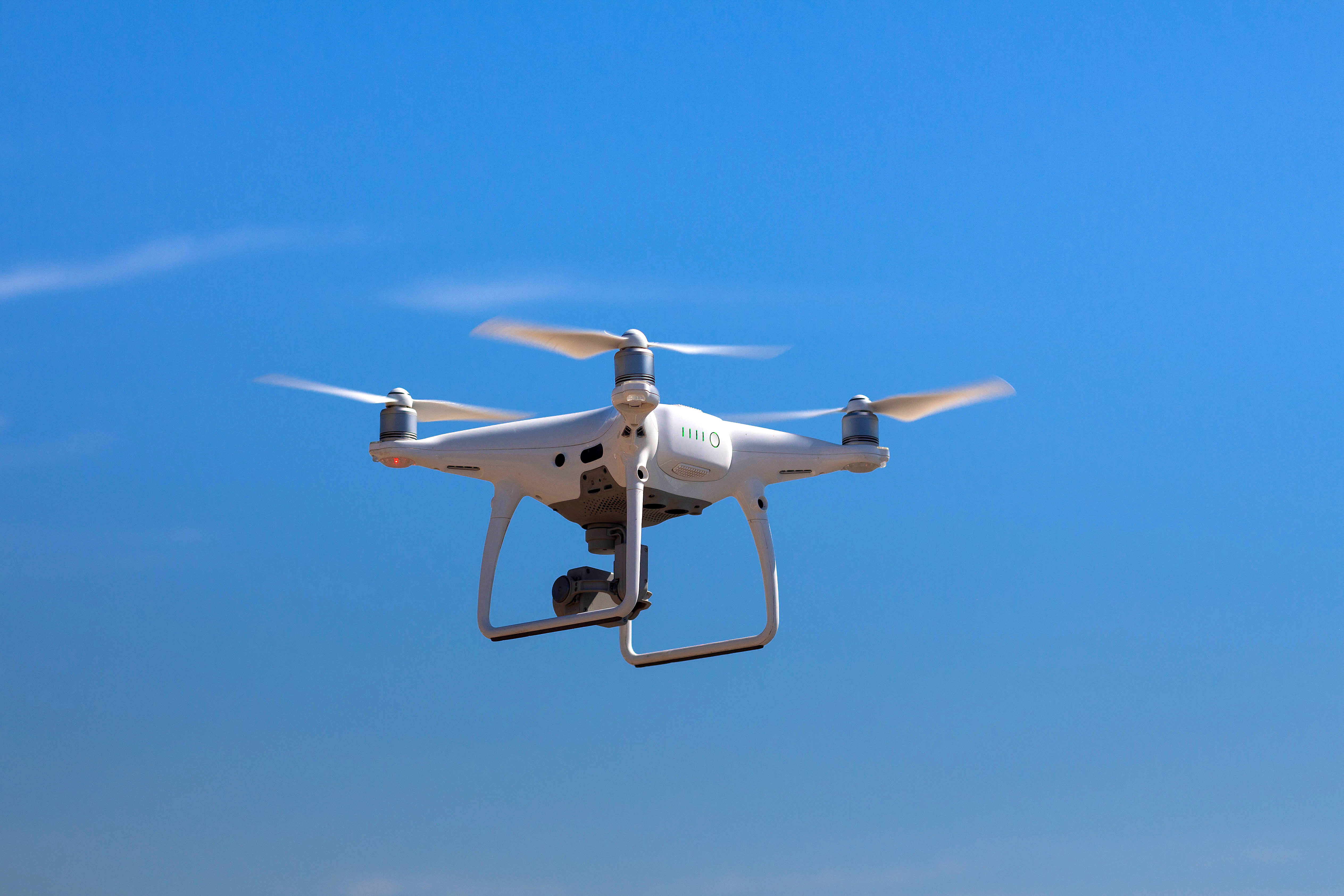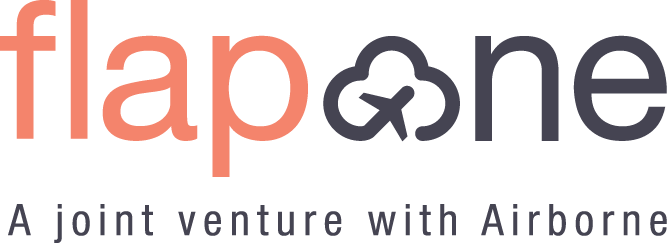Extended Reality in Drone Pilot Training: A New Era of Immersive Training
The aviation and drone industry faces numerous safety challenges with changing times. With pilots returning to flight decks after the pandemic, how can it be ensured that their skills remain fresh? What is the best way to give drone pilot training? Is it likely to prepare pilots better for spatial disorientation in the air?
Extended reality, or “XR,” systems address important safety and workforce training concerns. Though XR systems can't replace highly skilled instructors, they are effective teaching tools, mostly for next-gen drone pilots. The technology is also available at various prices depending on the training.

Simulation Has a Big Role to Play
Simulation is important in drone pilot training. Yet, some thought a simulator could never replace time in the air. Simulation training tools became more important in 2020, particularly for aspiring pilots. Incorporating XR training into drone pilot training proved beneficial and augmented the speed at which the students can learn complex concepts of drone flying and perform well under pressure.
Research Going on in the World of XR
Researchers have invented an affordable version of a spatial disorientation trainer, a sophisticated equipment that might be expensive for numerous flight-training programs. Combining motion simulation and VR, the aviation illusion trainer will subject student pilots to a deadly yet common scenario, an unexpected transition from visual to instrument meteorological conditions.
XR teaching tools are not used just for fun but because they prove their worth in the real world. Research shows that virtual, mixed, and XR training tools work well in the context of a holistic educational program under the guidance of skilled instructors.
Why is the Use of XR Technology Preferred?
Evidence-based validation of VR, AR, and MR training technologies, including computer-based systems and haptic feedback devices, will be a vital step in expanding their use. Simulation training tools are extensively accepted in the industrial and medical fields.

Value of XR for Drone and Aviation Professionals
XR systems are a safe, efficient way of training new talent in drone and flight piloting. For drone piloting professionals, XR reduces the number of mistakes, lets them train well, and also puts their piloting skills on display while evading the grave consequences.
For aspiring drone pilots, high-fidelity interactive XR environments make it likely to prepare for risky scenarios in the air. The tech also lets students complete assignments remotely, which acted as a major plus throughout the pandemic and at a considerably low cost.
Summing Up the Scene
The Incorporation of XR in drone piloting is making the entire process fast and efficient at the same time. If you, too, want to take advantage of this state-of-the-art technology, try to get admission to one of the best flying schools in India, Flapone Aviation. Here you will get the training, with the use of all the latest technologies, and that too at an affordable cost.
Related Blog
Latest updates and insights from Flapone Aviation.

What Types of Drones Are Present in the Market?
October 8, 2024

How to Become a Pilot After 12th in India?
February 7, 2025

What are the Basics of Drone Piloting?
February 7, 2025



